The threat is growing
Houthi attacks have been on the rise, as the group has stepped up attacks on commercial vessels traveling through vital shipping lanes around the Arabian Peninsula. The US Navy has deployed forces to intercept Houthi drones and missiles to protect shipping. Recent statistics show an increase in attacks, notably with the USS Carney intercepting 14 drone attacks in a single day.
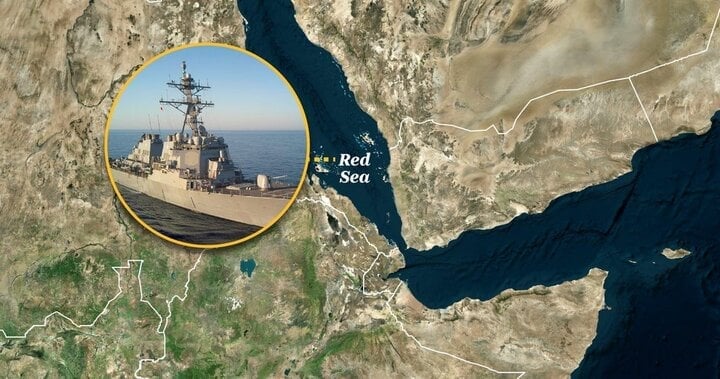
The position of the USS Carney operating in the Red Sea.
Motives behind the attacks
Houthi leaders have claimed the attacks were a show of solidarity with the Palestinians, stressing that they will not stop until Israel stops its military operations in the Gaza Strip. In response, US Defense Secretary Lloyd Austin has initiated the creation of an international maritime coalition to protect shipping and counter these growing threats.
The Cost Conundrum
Expensive missiles versus cheap drones. The cost difference between using high-priced missiles, which can cost up to $2.1 million per shot, and the Houthi drones, which are relatively cheap, estimated to cost only a few thousand dollars each, is causing reactions within the US Department of Defense. The financial inefficiency raises questions about the sustainability of the US Secretary of Defense’s countermeasure strategy.
Call for cost-effective solutions
Experts stress that the US Department of Defense needs to find cost-effective alternatives to air defense. A Defense Department official named Mick Mulroy suggested that the US should adopt systems that match the costs to the adversary, ensuring a more balanced and sustainable approach.
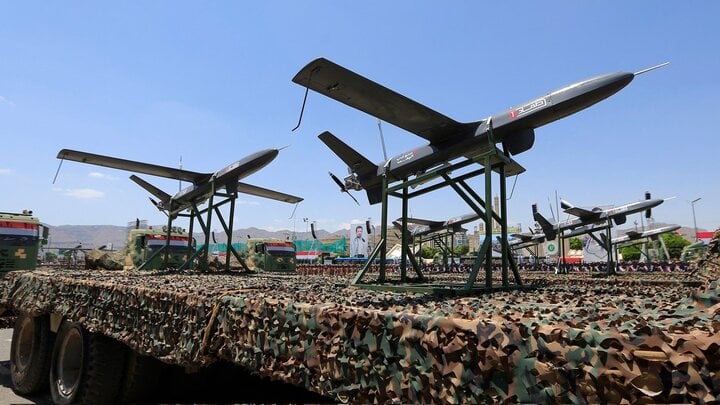
Houthi UAV.
Alternatives
Is the Standard Missile-2 a viable option? Although the details of its operation are still kept secret, some researchers have revealed some remarkable capabilities when using the Standard Missile-2. This is a medium-range air defense weapon with a price tag of $2.1 million.
Lower cost options
US military experts have also considered less expensive options, such as 13mm anti-aircraft guns mounted on warships, which are considered a more economical solution. However, the limitations on the range of such guns also pose challenges, requiring a delicate balance between cost-effectiveness and operational effectiveness.
Cost assessment
Analysts have calculated the costs associated with different defense options, comparing the costs of naval missiles such as the Evolved Sea Sparrow and the 20mm Close-in Weapon System. The analysis sheds light on the financial complexities of defending naval forces against Houthi threats.
Experts emphasized the potential risks of using close-range defense options (using anti-aircraft artillery) and stressed the need for a balance between choosing the most cost-effective option, while still ensuring the effectiveness of intercepting Houthi weapons.
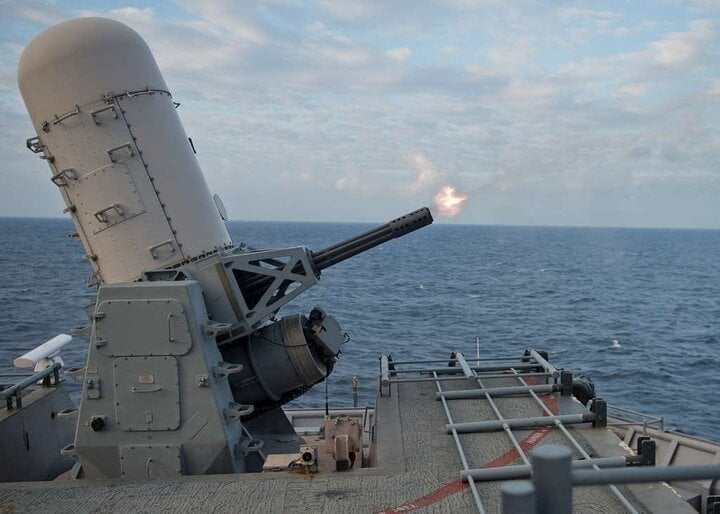
Machine guns on US Navy ships.
Global significance of defense operations
The disruption caused by the Houthi attacks goes beyond military concerns. The Houthis’ actions have had a major impact on international trade, affecting the Suez Canal, a vital artery for global trade. The attacks have forced many commercial ships through the Red Sea to divert or curtail operations.
International reaction
Defense Secretary Lloyd Austin’s announcement of Operation Prosperous Guardian signals an international commitment to maritime security. However, complications have arisen as some Arab states have expressed reservations due to diplomatic disagreements with Israel.
In short, the escalating conflict in the Red Sea poses a military challenge and a financial quandary for the U.S. Navy. Balancing the need for effective defense with cost-effectiveness becomes paramount in addressing the evolving threat landscape.
Le Hung (Military View)
Source



![[Photo] Prime Minister Pham Minh Chinh chairs meeting to discuss tax solutions for Vietnam's import and export goods](https://vstatic.vietnam.vn/vietnam/resource/IMAGE/2025/4/10/19b9ed81ca2940b79fb8a0b9ccef539a)



![[Photo] Unique folk games at Chuong Village Festival](https://vstatic.vietnam.vn/vietnam/resource/IMAGE/2025/4/10/cff805a06fdd443b9474c017f98075a4)


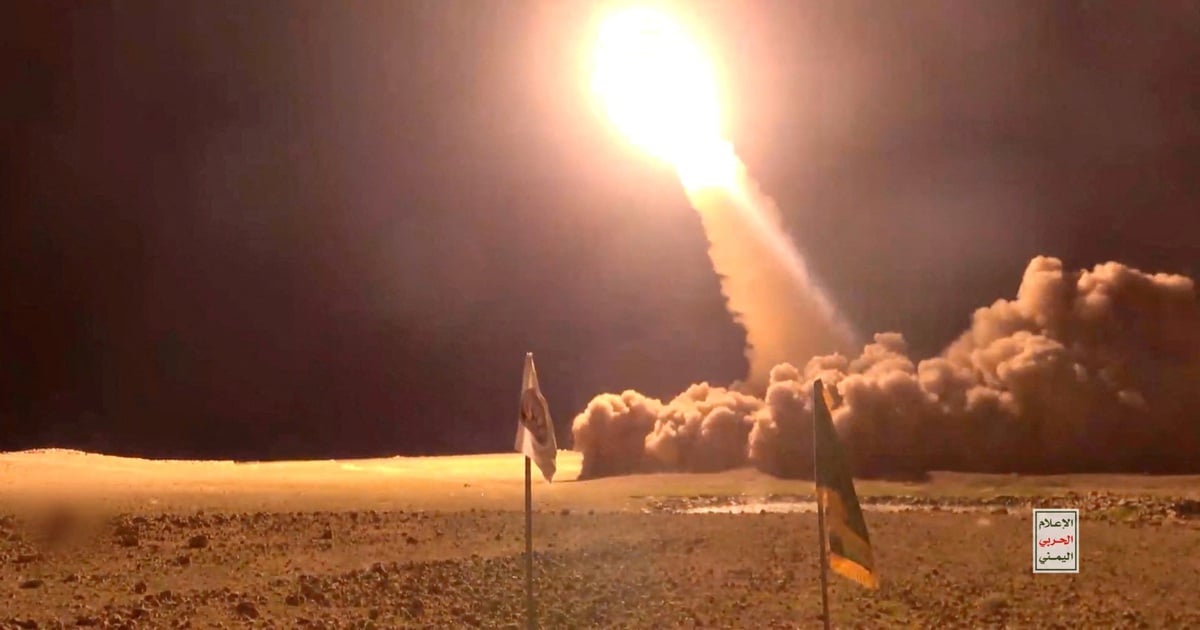
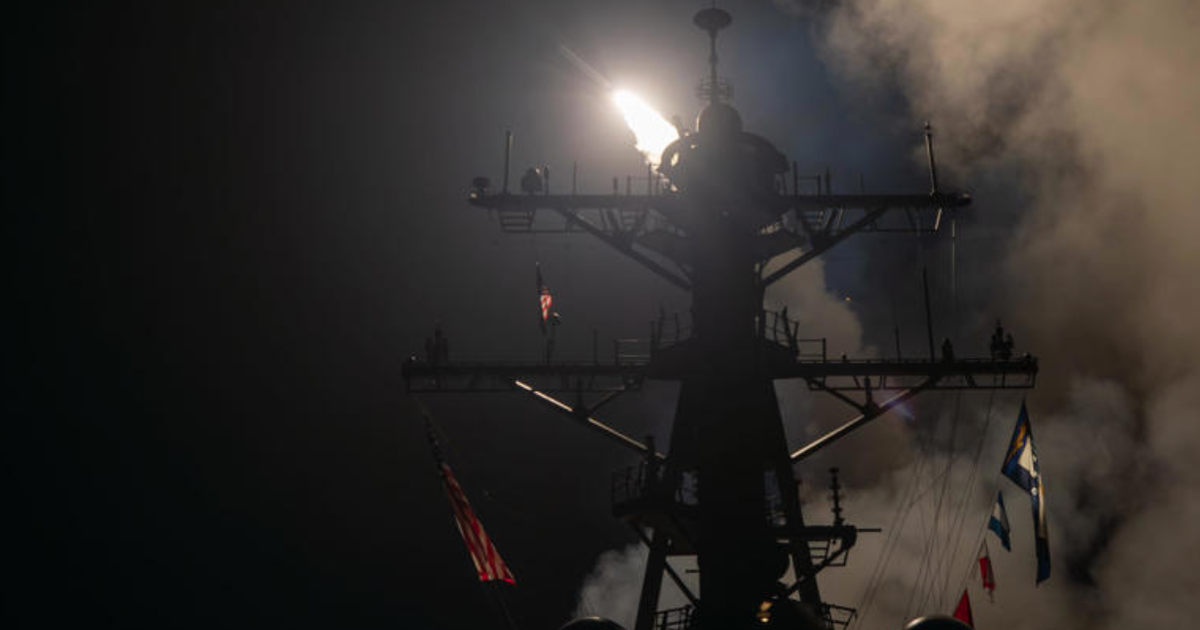
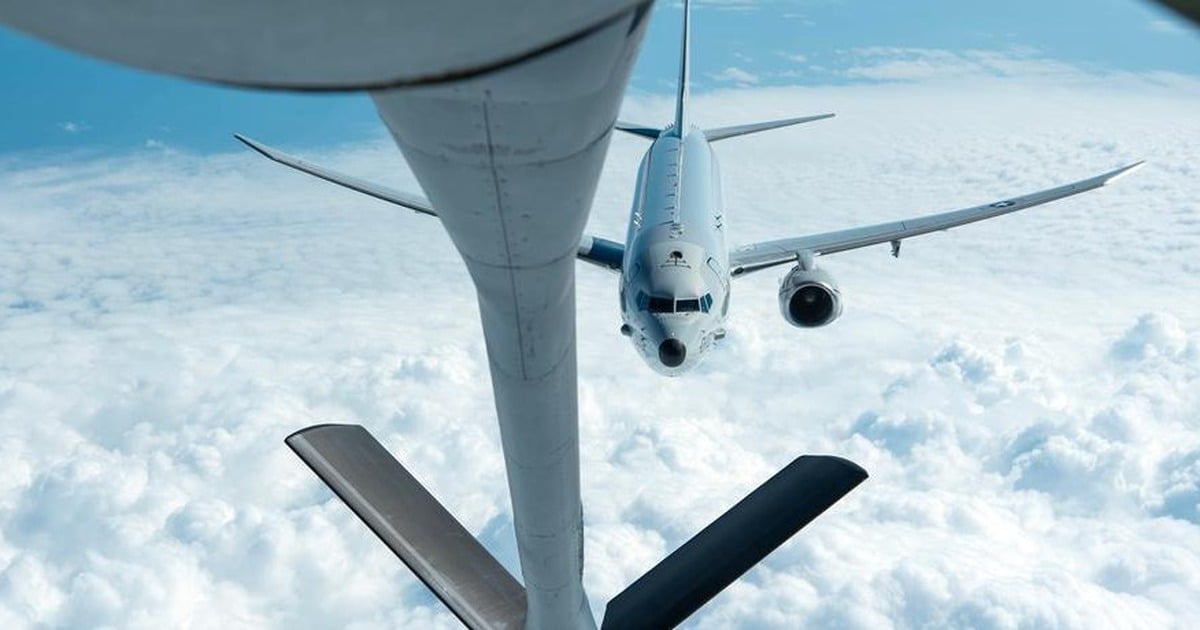
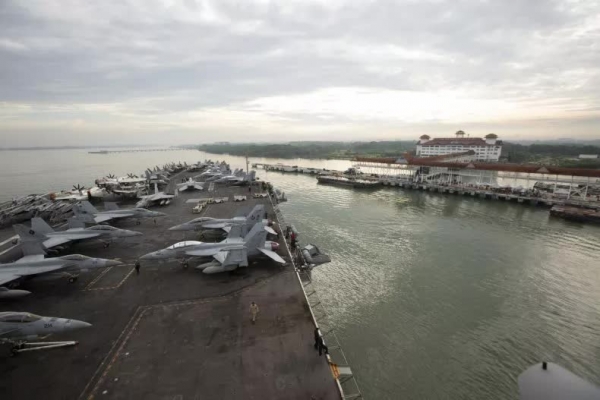



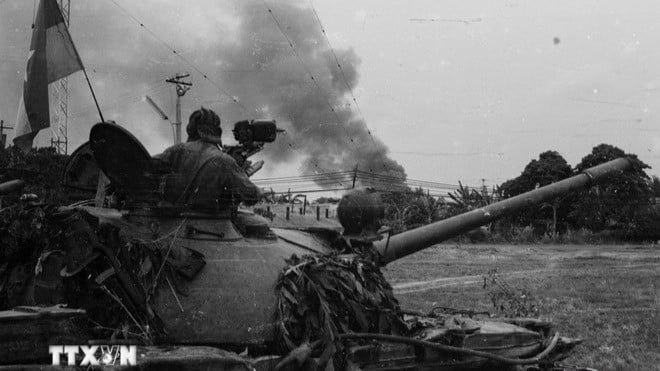

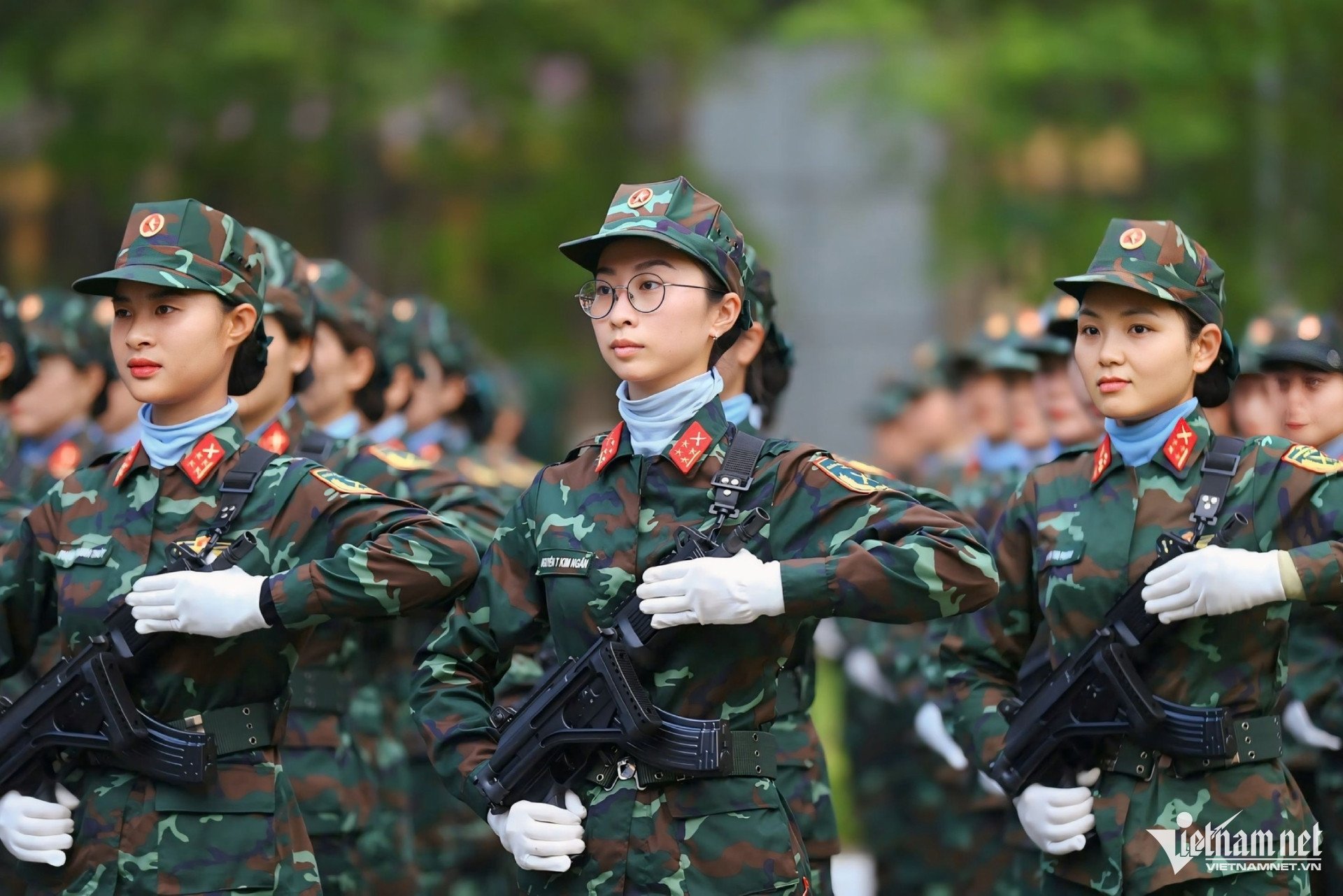









































































Comment (0)